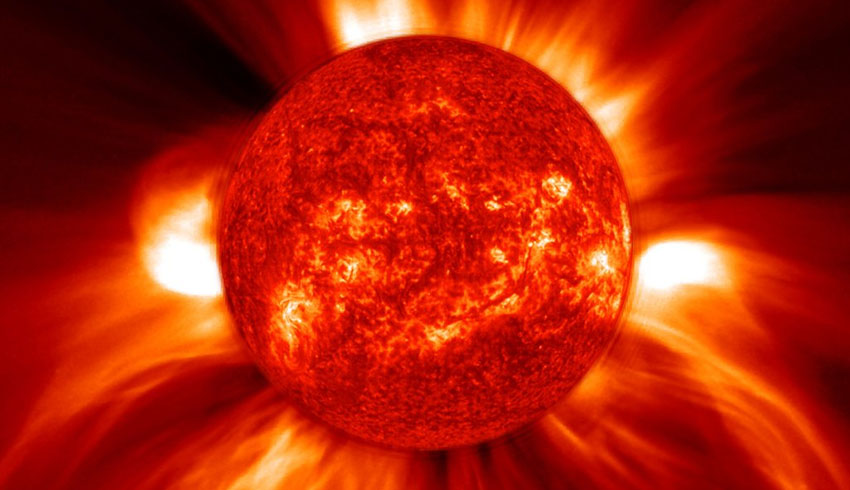
The extreme southern tip of South America gets to see the only total solar eclipse of the year.
All four of the lunar eclipses are described as faint penumbrals, with the moon just grazing the outer bright shadow of the Earth.
This Friday is one of those.
According to the website Universe Today, here’s what’s coming:
- 10 January – a penumbral lunar eclipse with a maximum penumbral immersion of eight per cent for Europe, Africa, Asia and Australia.
- 5 June – a penumbral lunar eclipse with a maximum penumbral immersion of 59 per cent for Europe, Africa, Asia and Australia.
- 21 June – an annular solar eclipse with a maximum duration of annularity of 38 seconds crossing central Africa, southern Asia, China and the Pacific.
- 5 July – a penumbral lunar eclipse with a maximum penumbral immersion of 36 per cent for the Americas, south-west Europe and Africa.
- 30 November – a penumbral lunar eclipse with a maximum penumbral immersion of 74 per cent for Asia, Australia, the Pacific and the Americas.
- 10 December – a total solar eclipse with a maximum duration of two minutes and 10 seconds, with totality crossing the South Pacific, Chile, Argentina and the south Atlantic.
Universe Today said it draws its information from its book – The Universe Today Ultimate Guide to Viewing the Cosmos – with one listing the top astronomy events out to 2024, which will be the next great total solar eclipse across North America.
The last was in 2017.
For Australia, a remote part of Western Australia will experience a minute-long total eclipse in 2023.
Receive the latest developments and updates on Australia’s space industry direct to your inbox. Subscribe today to Space Connect here.












